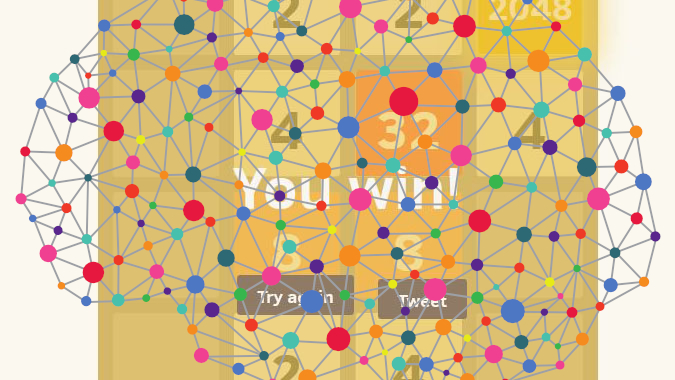This fourth blog post concludes my personal project of developing an AI-based 2048 video game in Python 3. Feel free to check the first blog post of this series out if you haven’t read it yet.
If you want more details, the source code of the project is also available on Github.
This fourth and last post will focus on implementing the Neural Network itself and show a basic train/play cycle. Initially, I also wanted to demonstrate how this AI-based 2048 was (almost) always performing better than a Human but, well, you will see that it did not go as good as planned… 😀
Read more
